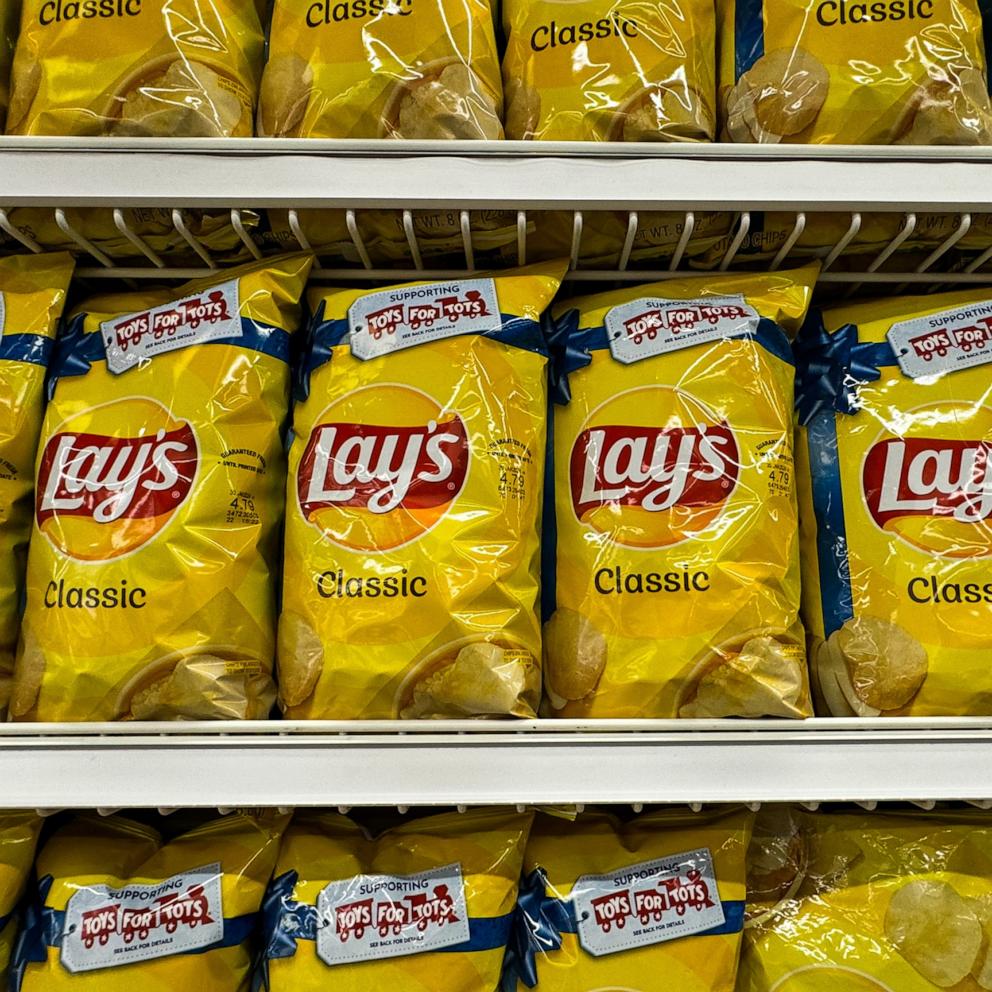SNAP benefits increase as eligibility requirements change through 2024

Millions of Americans rely on the Supplemental Nutrition Assistance Program, or SNAP, for benefits to supplement their grocery budget to afford nutritious foods. As of Oct. 1, the program received a much-needed boost to help meet the increased cost of living and inflation.
The program, overseen by the USDA Food and Nutrition Service arm in accordance with the Food and Nutrition Act of 2008, adjusted the maximum allotments starting this month for the year ahead, based on the Consumer Price Index from the Bureau of Labor Statistics for June 2022.
Work eligibility requirements for the program, previously known as food stamps, were set to become more strict after President Biden signed the Fiscal Responsibility Act in June.
One group specifically, able-bodied adults without dependents between ages 51-52 -- labeled as ABAWDs by the agency -- will now need to prove they are actively working, training or in school in order to qualify for SNAP benefits.
Work requirements expanded up to age 52 starting Oct. 1. Requirements will expand to age 54 starting in October 2024.
What's changed with SNAP benefits and eligibility?

Starting this month, SNAP benefits are increasing by 12.5% compared to last year, as reported by Forbes Advisor.
According to the cost of living adjustments (COLA) for 2024, maximum allotments have increased at various increments for the 48 contiguous states and the District of Columbia, Alaska, Guam and the U.S. Virgin Islands.
A family of four in the continental U.S. and Washington, D.C., will now be allowed a maximum of $973. Maximum allotments for a family of four in Alaska would range from $1,248 to $1,937; in Guam it would be $1,434 and in the U.S. Virgin Islands, $1,251.
The only location with a decreased maximum allotment is in Hawaii, where a family of four would now see a maximum payment of $1,759.
Additionally, the shelter cap value has increased to $672 for the 48 contiguous states and D.C.
People looking to qualify for SNAP benefits must apply in the state in which they currently live and must meet certain requirements, including resource and income limits, outlined by the USDA here.






